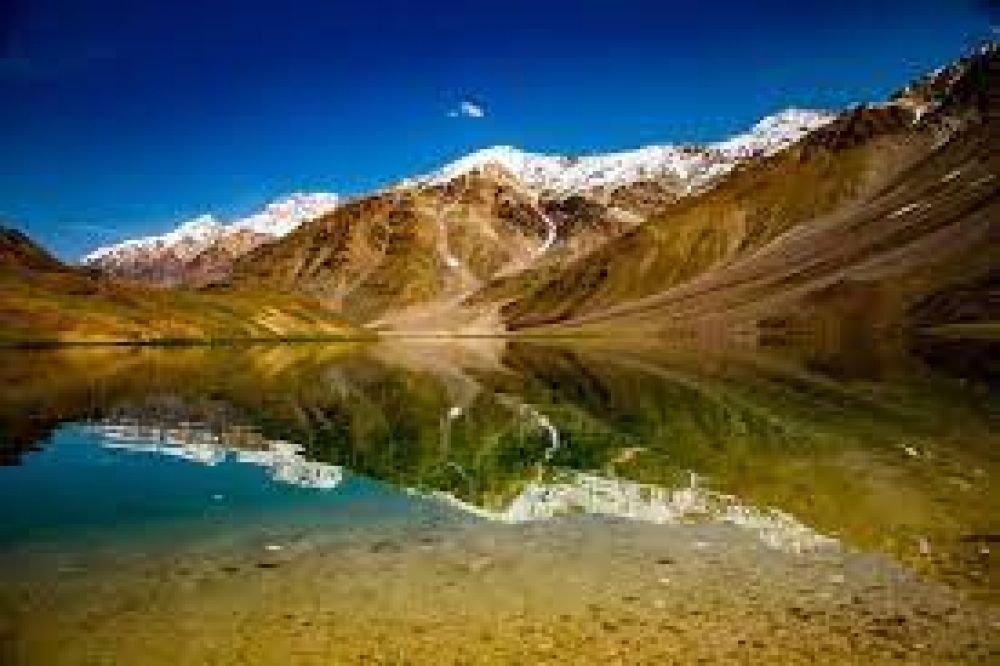

The Spiti Valley, nestled in the Indian state of Himachal Pradesh, has been a secluded gem for centuries. Its name 'Spiti' means 'The Middle Land' signifying its position between Tibet and India. Historically, the valley served as a trade route between these two regions, and the cultural exchange is evident in local traditions, Buddhist monasteries, and art forms. The region was scarcely visited due to its harsh weather conditions and the challenging terrain.
It wasn't until the late 20th century that Spiti Valley began to emerge as a tourist destination. The opening of roads such as the Kunzum Pass, which connects Spiti to the rest of India, and the improvement in travel infrastructure made this transformation possible.
Tourism in Spiti Valley initially attracted adventurers and explorers drawn to its high-altitude treks, pristine nature, and vibrant Tibetan-Buddhist culture. By the early 21st century, improved road accessibility and communication expanded the valley's appeal to a larger audience, including cultural enthusiasts, nature lovers, and photographers.
Despite its growth in popularity, Spiti Valley has maintained a sustainable approach to tourism, focusing on eco-friendly practices and community involvement. It has become an example of responsible tourism in the fragile Himalayan ecosystem.
The Spiti River is the lifeline of Spiti Valley, coursing through the arid landscape from its source in the Kunzum range to its confluence with the Satluj River in Kinnaur. Its presence is a source of irrigation and it holds religious significance for locals. The river has shaped both the geography and the culture of this remote region, creating deep gorges and fertile terrains where villages thrive.
The latest trends in tourism within Spiti Valley emphasize experiential and adventure travel. The high-altitude Himalayan terrain offers opportunities for trekking, motorbiking, and camping. The recent focus has also been on homestays to provide tourists with authentic cultural experiences while benefitting the local communities.
Astro-tourism is a growing trend in Spiti Valley, leveraging its clear skies and minimal light pollution, making it an ideal destination for stargazing and astrophotography. Additionally, wildlife encounters with species like the snow leopard in the Pin Valley National Park are attractive to wildlife enthusiasts.
Conscious travel is also gaining momentum as visitors are being educated on the delicate ecosystem and are encouraged to minimize their environmental footprint. This approach promotes respectful interaction with the local heritage and traditions while safeguarding Spiti Valley's future as a sustainable travel destination.
Spiti Valley, once a remote and inaccessible region, has opened its doors to the world, revealing its dramatic landscapes, unique cultural tapestry, and the mesmerizing flow of its lifeline, the Spiti River. As tourism continues to evolve, Spiti Valley upholds the promise of providing a transformative experience for those who tread its paths while relentlessly pursuing sustainability and conservation.